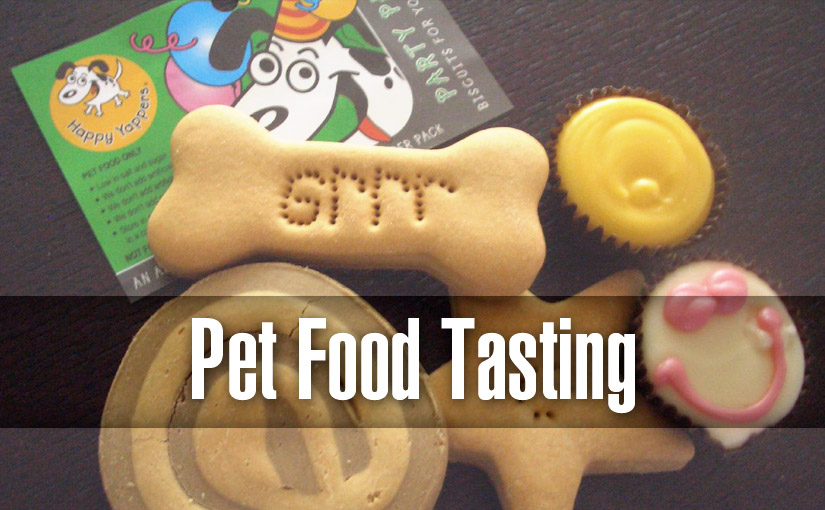Food tasting has been a serious profession since the times of kings. Kings and other important people used to have their personal food tasters who were responsible to determine if the food was safe to eat. From ancient Rome to the present date – Romans used slaves as food tasters, Olympics chose mice for the job, Hitler had an army of 15 women who used to taste his food before him and Vladimir Putin, the Russian president has a food taster among the security staff. I’m sure the US president has one too, but the secret service refuses to confirm any details or even the existence of a person with such a job in his security staff.
Since ancient times the job of a human food taster has turned into a professional job which has a much widened application today. Professional food tasters can be a part of a sensory/consumer or expert panel, are employed by labs and food testing companies to evaluate and improve certain food products for their taste, nutrition etc. Most such jobs require you to have a distinctly evolved sense of taste, a previous professional experience or a degree in something like food science.
At first, getting paid to eat food sounds like a great idea. Well, it doesn’t even sound good if you are going to taste pet food. Anyway, even human food tasting can be hard. It can be a repetitive job. Food flavorists working to test the flavors of teas for instance might have to taste more than 500 cups of tea a day. Plus you might not even qualify for it because of lack of sensory sharpness which is usually a rare genetic trait, or is usually developed by years of training.

